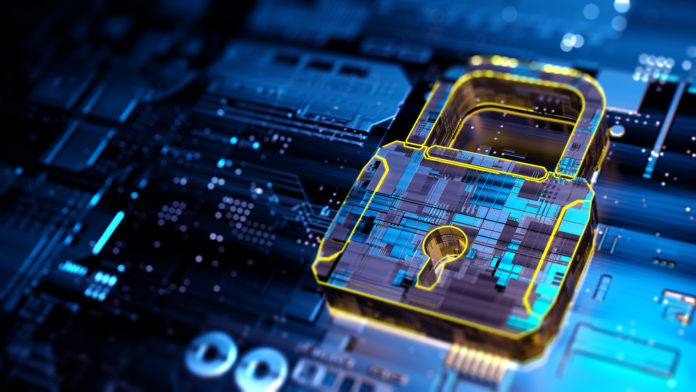These days cybersecurity is developing faster than ever before, particularly following the spread of COVID-19. The pandemic has led to an increased reliance on remote work and education using multiple digital platforms and social media channels. This in turn spurred internet usage and network operations to double in many countries.
Unfortunately, the cyber threats in this area are also evolving—both in size and complexity—every year. This is evident in reports suggesting that more than half of the new security vulnerabilities during the past two decades, which total up to 160,000 security breaches, have occurred in the past five years alone.
Technology companies must therefore combine their efforts to improve cybersecurity assurance, earning the trust of their users and customers. To do that, transparency is one of the most important pillars of modern cybersecurity. It must be a fundamental value for all technology companies today. Across the region, the importance of transparency is amplified by rapidly increasing connections between daily activities and modern technologies, as well as technology’s substantial influence in the economic recovery process following COVID-19.
This realization does, of course, beg the question: “How do we build this transparency in a digital society?” Many elements must be taken into consideration. However, in achieving transparency and ensuring cybersecurity, five strategic considerations are absolutely pivotal at this point.
The lifecycle of security development: Was cybersecurity transparency taken into consideration as a major component in your latest product development, engineering, design, implementation, and evaluation after launch? Today, true cybersecurity requires consideration in every step of this lifecycle. Companies must thus create effective policies and procedures to safeguard transparency starting from concept development to the final steps of removing a product from the market.
Product lifecycle assurance: Our modern digital economy demands that an “end-to-end” cryptographic framework is in place to ensure cybersecurity is applied throughout the lifecycle of any product. Beyond product development, prioritizing cybersecurity is essential in the transportation, implementation, and day-to-day operations of that product. This empowers supply chain owners to improve their platforms, and their company’s overall reputation, resilience, and level of security.
Proactive Investment in cybersecurity research: Transparency is a practice not a theory, and thus requires identifying and mitigating potential cybersecurity vulnerabilities even in existing operations. Organizations must be proactive in investing in internal research teams to proactively perform security checks—such as testing attacks—aimed at finding vulnerabilities. Moreover, organizations should be encouraging contributions from external security experts. This can even be achieved through research grants or awards for finding security gaps. The use of Artificial Intelligence can be particularly beneficial in such cybersecurity research. Finding, preventing, and disclosing vulnerabilities in a collaborative manner ultimately goes a long way in obtaining customer confidence while building a culture of transparency.
Supporting the community and engaging in policy legislation: Multilateral cooperation is another cornerstone in raising the level of security assurance and transparency. That includes cooperation between professionals in the field, but also amongst other organizations and academic institutions, particularly in matters of policy setting, standards, and scientific research. This cooperation in turn establishes a common understanding of cybersecurity. Many of the biggest technology companies are, for example, now using hypervisors as well as other software and cloud-based services to develop more precise engineering solutions that support system visualization. This can greatly benefit the global technology ecosystem.

Dr Jassim Haji

